Do Dogs Shed in Certain Seasons? 2025 Latest Vet Insights
If you’re a dog owner, you’ve probably found fur on your couch, clothes, and even your morning cereal—but do you know if do dogs shed in certain seasons, and when that fur loss is normal? Many people write off shedding as just a “mess to clean,” but mixing up normal seasonal shedding with excessive fur loss (a sign of skin issues or allergies) can delay care for your pup. The good news is understanding seasonal shedding, what’s normal, and how to handle it is simple. This guide breaks down when dogs shed, why it happens, and practical steps to keep your home—and your dog—happy.
Do Dogs Shed in Certain Seasons? The Seasonal Breakdown
Most dogs follow a bi-annual shedding cycle tied to temperature and daylight, but this can change based on where you live and how you care for your pet. Here’s a detailed look at when shedding peaks:
1. Key Shedding Seasons: Spring and Fall
Spring (March–May): As temperatures rise from below 59°F (15°C) to above 68°F (20°C), dogs shed their thick winter undercoat to stay cool. This soft, dense fur is what creates those “fur tumbleweeds” around your home. For double-coated breeds like Golden Retrievers or Huskies, this shedding lasts 4–6 weeks, with the heaviest loss in the first 2 weeks. Even short-haired dogs like Labradors shed more in spring, though their finer fur is easier to miss at first.
Fall (September–November): When temperatures drop below 59°F (15°C) and daylight shrinks to less than 10 hours a day, dogs grow a thick winter undercoat to stay warm. This time, they shed their lighter summer fur—while the loss isn’t as heavy as spring, it’s still more than non-shedding seasons. Double-coated breeds need extra cleaning here too, as their summer fur can get tangled with new winter growth.
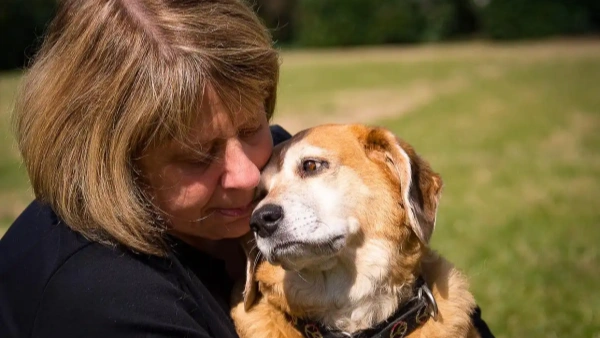
2. Special Cases: No Clear Seasonal Shedding
Tropical/Subtropical Climates: If you live where temperatures stay above 50°F (10°C year-round, like parts of Florida or Texas), dogs don’t need to shed heavily to adapt. They may shed a little more in spring and fall, but no major “shedding season” occurs—just light, year-round fur loss.
Indoor Climate-Controlled Homes: Dogs living in homes with AC or heating (kept around 68–77°F/20–25°C) rarely feel seasonal temperature shifts. Their shedding becomes less predictable—they might shed a bit more in spring and fall, but no concentrated shedding period. Single-coated breeds like Corgis or Shibas show this more than double-coated ones.
Puppies’ First Shed: Puppies lose their soft baby fur and grow adult fur between 4–6 months old. This shedding has nothing to do with seasons—it’s a normal part of growth. Their fur may look thin or dull during this time, so make sure they get enough nutrients to support new hair growth.
What Happens When a Dog Sheds? Physical Changes and Signs
Shedding isn’t just “fur falling out”—it’s a cycle of hair follicle renewal, with visible and behavioral clues to watch for:
1. The Hair Follicle Cycle
A dog’s hair follicles go through three stages: Growth Phase (90% of follicles grow hair here), Regression Phase (growth stops, follicles shrink, 2–3 weeks), and Resting Phase (old fur falls out, new fur starts, 1–2 weeks). Seasonal changes trigger lots of follicles to enter the Resting Phase at once—this is why seasonal shedding is so noticeable.
2. Visible and Behavioral Signs
Fur Changes: During shedding, your dog’s fur will look rough or fluffy. For double-coated breeds, the undercoat may mat easily. A quick brush will pull out clumps of fur—normal for seasonal shedding.
Behavior Changes: Many dogs scratch or lick more to relieve itchiness from loose fur. If you don’t brush often, your dog may swallow loose fur while grooming. Small amounts pass in stool, but too much can cause hairballs (leading to vomiting or constipation).
Do All Dogs Shed? The Rule and Exceptions
Most dogs shed, but the amount and frequency vary a lot. A few breeds barely shed at all, thanks to their hair structure:
1. Most Dogs Shed Normally
Whether your dog has long hair (like a Poodle) or short hair (like a French Bulldog), they’ll shed as their follicles renew. Long-haired dogs’ fur is easier to see, but short-haired dogs’ fine fur sticks to carpets and clothes—making cleanup just as hard, even if it looks like they shed less.
2. Breeds That Barely Shed
Hairless Breeds: Chinese Crested (only has hair on the head and feet) and Mexican Hairless Dogs don’t shed traditionally. You just need to clean their skin to prevent dryness or oil buildup.
Curly/Wooly Breeds: Poodles, Bichon Frises, and Bedlington Terriers have hair that grows like human hair (no resting phase). They shed very little but need monthly haircuts to prevent matting.
Which Dog Breeds Shed the Most? A Breakdown
Shedding amount depends on coat type (single vs. double) and length. Double-coated breeds shed far more than single-coated ones. Here’s a table to help you understand:
| Shedding Level | Example Breeds | Shedding Traits | Cleaning Tips |
|---|---|---|---|
| Heavy Shedding | Golden Retriever, Samoyed, Alaskan Malamute, Husky | Double coat; lose lots of undercoat in spring/fall (2–3x more than other breeds) | Brush twice daily in shedding seasons with a pin brush + deshedding tool |
| Moderate Shedding | Border Collie, Chow Chow, Shiba Inu, Corgi | Single or short double coat; moderate shedding year-round, more in spring/fall | Brush 3–4x weekly in shedding seasons, 1–2x weekly otherwise |
| Light Shedding | Poodle, Bichon Frise, Schnauzer, Yorkshire Terrier | Curly or long (non-double) coat; very little shedding year-round | Brush 1–2x weekly; monthly haircuts to prevent matting |
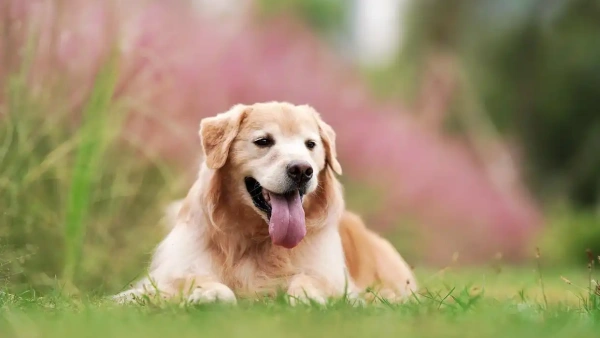
Why Do Dogs Shed Excessively? 9 Common Causes
Normal shedding is even across the body with no skin issues. If your dog sheds too much or has bald spots, check for these causes:
1. Skin Problems
Fungal infections (like ringworm), bacterial dermatitis, or parasite bites (fleas, mites) damage the skin and cause patchy shedding. You’ll see redness, dandruff, or scabs, and your dog will scratch the same area (like armpits or belly). Unlike normal shedding, this is concentrated in one spot with visible skin issues.
2. Age
Puppies: Puppies shed baby fur at 4–6 months (normal), but thin, dull fur means they need more protein or omega-3s. Switch to high-protein puppy food and add fish oil.
Senior Dogs (8+ Years): Older dogs shed lightly as metabolism slows. Sudden heavy shedding + weight gain or tiredness may mean hypothyroidism (a common hormone issue). A blood test from your vet can confirm this.
3. Allergies
Food allergies (chicken, grains), environmental allergies (pollen, dust mites), or contact allergies (cheap shampoos, plastic bowls) cause allergic dermatitis. This leads to shedding and itching—dogs often chew their paws. Shedding happens year-round, not just seasons. Avoiding the allergen (e.g., hypoallergenic food) helps in 1–2 months.
4. Breed Traits
Double-coated breeds (like Huskies) shed more by nature. Even within a breed, dogs with thicker, longer fur shed 30% more than those with thinner coats. For example, a fluffy Samoyed sheds more than a shorter-haired one—this is normal, not excessive.
5. Poor Diet
Protein is key for healthy fur—food with less than 20% protein (for adults) causes weak, shedding hair. Lack of omega-3s, B vitamins, or zinc also worsens shedding. Add boiled eggs (2–3x weekly) or dog specific fish oil to their diet, and avoid salty or fried human food.
6. Health Issues
Hormone Problems: Hypothyroidism (slow metabolism) causes even shedding + weight gain. Cushing’s disease (hormone imbalance) leads to symmetric shedding on the back/abdomen with increased thirst.
Other Diseases: Kidney disease or cancer (and chemo) cause sudden shedding, plus fever or loss of appetite. See a vet right away if you notice these signs.
7. Medication Reactions
Some antibiotics (like penicillin), anti-seizure drugs, or chemo can cause “drug-induced shedding.” It starts 1–2 weeks after starting meds and stops 3–4 weeks after stopping. If shedding comes with red skin, it’s an allergy—tell your vet to change the drug.
8. Stress or Anxiety
Move, new family members, or loud noises (construction, fireworks) raise cortisol levels, which slow hair growth and cause shedding. Fur loss is around the head/neck (dogs lick these areas when stressed). More playtime or a calming toy reduces stress, and shedding improves in 1–2 months.
9. Sunburn
Too much sun (12–3 PM in summer) damages skin and follicles, causing shedding on exposed areas (back, nose). Skin may be red or peeling. Keep your dog in shade during peak hours, or use a dog-safe sunscreen—this prevents sunburn and shedding.
How Long Does Seasonal Shedding Last?
Seasonal shedding usually lasts 4–6 weeks, with a 2–3 week “peak” when fur loss is heaviest. These factors change the timeline:
Breed: Double-coated breeds (Huskies) shed 1–2 weeks longer than single-coated breeds (Corgis).
Temperature: Fast spring warming (e.g., 68°F/20°C in March) shortens shedding to 3–4 weeks. Slow fall cooling (e.g., 59°F/15°C in October) lengthens it to 7–8 weeks.
Grooming: Brushing daily removes loose fur faster, cutting shedding time by 1–2 weeks. Adding fish oil also speeds up new fur growth.
What Triggers a Dog to Start Shedding?
Shedding starts when three factors work together: temperature, daylight, and hormones.
1. Temperature Changes
7–10 days of steady temperature shifts trigger shedding. For example, 5 straight days above 68°F (20°C) in spring tells double-coated dogs to lose winter fur. 5 days below 59°F (15°C) in fall starts winter fur growth.
2. Daylight Hours
Daylight affects melatonin (a hormone that controls fur growth). More than 12 hours of light (spring) lowers melatonin, stopping undercoat growth and causing shedding. Less than 10 hours of light (fall) raises melatonin, growing winter fur and shedding summer fur. Indoor lights can blur this cycle—dogs in well-lit homes shed less seasonally.
3. Hormones
Puppies: Growth hormones at 4–6 months trigger baby fur loss.
Nursing Dogs: Estrogen drops 1–2 weeks after nursing ends, causing “postpartum shedding” (lasts 1–2 months). Add protein and calcium to their diet.
Senior Dogs: Lower thyroid or sex hormones slow follicle growth, leading to light, steady shedding.
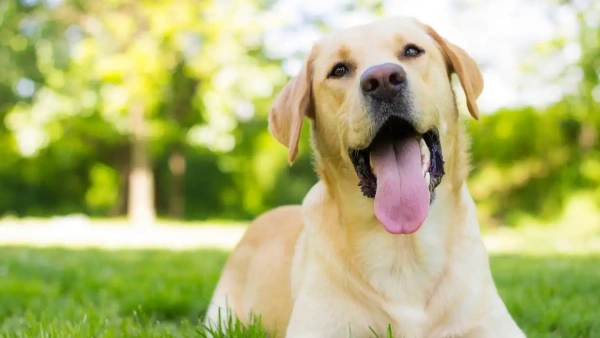
How Much Shedding Is Too Much?
It’s hard to tell normal from excessive shedding—use these three checks:
1. Normal Shedding Signs
Amount: 1–2 handfuls of fur per brush (2–3 for double-coated breeds) in shedding seasons; less than ½ handful otherwise.
Pattern: Even across the body, no bald spots. Fur stays attached to follicles—you need light force to pull it out.
Behavior: Your dog is happy, eats well, and has no skin itching.
2. Excessive Shedding Signs (Worry!)
Amount: More than 3 handfuls per brush, or daily cleanup 2+ times.
Pattern: Bald spots (bigger than 2 inches), fur that falls out when touched, or roots with dandruff/blood.
Behavior: Scratching, red skin, tiredness, or weight changes.
How to Manage Dog Shedding
Handle shedding with dog grooming and home cleaning to cut down on fur:
1. Groom Your Dog Regularly
Brush Smart: Use a pin brush + deshedding tool (like a Furminator) daily in shedding seasons. Brush from back to belly to avoid skin irritation. Focus on thick areas (armpits, belly).
Bathe Properly: Bathe every 2–3 weeks in shedding seasons (4–6 weeks otherwise) with dog specific moisturizing shampoo (contains omega-3s). Water should be 100°F (38°C)—test with your wrist. Dry fully to prevent fungal growth.
Feed Well: Add 1–2 ml of dog fish oil daily and boiled eggs (2–3x weekly). Choose adult food with 22%+ protein (24%+ for puppies) to keep fur strong.
2. Clean Your Home Effectively
Floors: Use a pet vacuum with a hair filter daily. For tile/wood, use a static mop to pick up fine fur.
Fabrics: Use a lint roller on clothes/couches before washing. Add a hair catcher to your washing machine to stop clogs. Clean the machine’s drum after washing pet beds.
Air: Use an air purifier with a HEPA filter in rooms your dog uses most. Run it 4–6 hours daily to cut down on floating fur and dandruff.
Can You Stop a Dog From Shedding?
You can’t stop normal seasonal shedding—you can only reduce it. For excessive shedding, treat the cause:
1. Normal Seasonal Shedding
Focus on reducing fur loss by 30–50%. Daily brushing, fish oil, and regular baths help speed up old fur loss and grow healthy new fur. For example, double-coated dogs that are brushed daily shed 40% less than unbrushed ones.
2. Excessive Shedding
Skin Issues: Use vet-recommended antifungal creams (like terbinafine) for ringworm or antibiotics for bacteria. Treat fleas/mites with monthly topical flea meds (e.g., fipronil) for 3 months.
Allergies: Find the allergen (via vet testing) and avoid it (e.g., hypoallergenic food). Severe cases may need dog-safe antihistamines (like loratadine) from your vet.
Health Problems: Hypothyroidism needs daily thyroid medication (e.g., levothyroxine). Kidney disease or cancer requires treatment for the main issue—shedding improves as your dog gets better.
Everything Our Vets Recommend
Essential Tools for Cleaning Dog Fur
Good tools make shedding cleanup easier. Here are the best ones for grooming and home care:
1. Grooming Tools
Pin Brush: Stainless steel pins (1.5–2 cm long) work for double-coated breeds. Brush daily in shedding seasons to remove undercoat.
Deshedding Tool: A Furminator has curved blades to cut loose fur at the root. Use 2–3x weekly in shedding seasons—don’t brush the same spot too much (avoids skin irritation).
Dog Wipes: Alcohol-free, fragrance-free wipes clean loose fur and dirt from your dog’s belly/legs daily. This cuts down on fur your dog swallows while grooming.
2. Home Cleaning Tools
Lint Roller: Disposable sticky rollers are great for clothes/couches. Choose 10–15 cm wide rollers for faster cleanup.
Pet Vacuum: A 2-in-1 handheld/upright vacuum (like Shark Pet) has a hair filter and crevice tool. It picks up fur from carpets and couch gaps.
Silicone Hair Brush: Washable silicone brushes remove fur from carpets/mattresses. Wipe in the direction of fur growth to avoid tangles.
Grooming Tips for Puppies and Senior Dogs
Puppies and senior dogs have unique shedding needs—adjust your routine to keep them comfortable:
1. Puppies (4–6 Months Old)
Feed Well: Use high-protein puppy food (24%+ protein) and add 1 ml of fish oil daily. This supports healthy adult fur growth.
Brush Gently: Use a soft pin brush (rounded tips) 2–3x weekly. Don’t pull—puppies’ skin is delicate. If baby fur falls slowly, use diluted dog conditioner to soften it.
Bathe Less: Bathe every 4–6 weeks with puppy-specific shampoo. Too many baths dry out their skin and worsen shedding.
2. Senior Dogs (8+ Years Old)
Check Health First: Get a yearly hormone and kidney function test from your vet. This rules out hypothyroidism or kidney disease (common causes of excessive shedding).
Groom Softly: Use a short pin brush 2–3x weekly. Senior skin is thin—avoid hard brushing. Add a dog safe moisturizing spray to reduce dandruff.
Adjust Diet: Switch to senior dog food (20–22% protein, easy to digest). Add B-vitamin supplements to keep follicles healthy.
Do Dogs Shed In Certain Seasons FAQs
Do dogs shed in the fall?
Yes, dogs shed in the fall to make room for a thick winter undercoat. They lose their lighter summer fur—while the shedding isn’t as heavy as spring, it’s still more than non-shedding seasons. Double-coated breeds (like Huskies) shed the most in fall, so daily brushing helps keep fur under control.
Do dogs shed more in the summer?
No, dogs don’t usually shed more in the summer. Summer shedding is light and daily, with no concentrated “season.” If you see more fur in summer, it’s often leftover winter undercoat from spring (not new summer shedding) or from indoor AC (which confuses their seasonal cycle). Brush 2–3x weekly in summer to manage loose fur.
Do dogs shed more in the winter?
No, winter is when dogs shed the least—their thick winter undercoat is fully grown to keep them warm. If your dog sheds more in winter, it’s likely from dry indoor heat (which dries out skin and causes fur loss) or a skin infection. Use a humidifier to add moisture to the air, and check for redness or dandruff—see a vet if you notice these signs.
Understanding do dogs shed in certain seasons helps you keep your dog healthy and your home clean. Most dogs shed most in spring and fall, but climate and breed change this. Normal shedding needs regular brushing and good food—excessive shedding means a vet visit to check for skin issues or allergies. With the right tools and routine, you can cut down on fur and enjoy time with your pup. Start by picking up a deshedding tool and scheduling a vet checkup if you’re worried about too much shedding—your home (and your dog) will thank you!
You May Like:
- Does Shedding Make Dogs Itchy? Latest Vet Advice
- 2025's Best Seborrhea Dog Shampoo: A Solution for Itchy Skin
- Best Probiotics for Dog Skin Allergies: Vet Picks and Tips
- 2025’s Best: Yeast Infection on Dogs Skin Solutions
User Comments
Does flea treatment kill ear mites too?
Can dogs take human probiotics?
Can dogs have people probiotics safely?
Related Articles
View all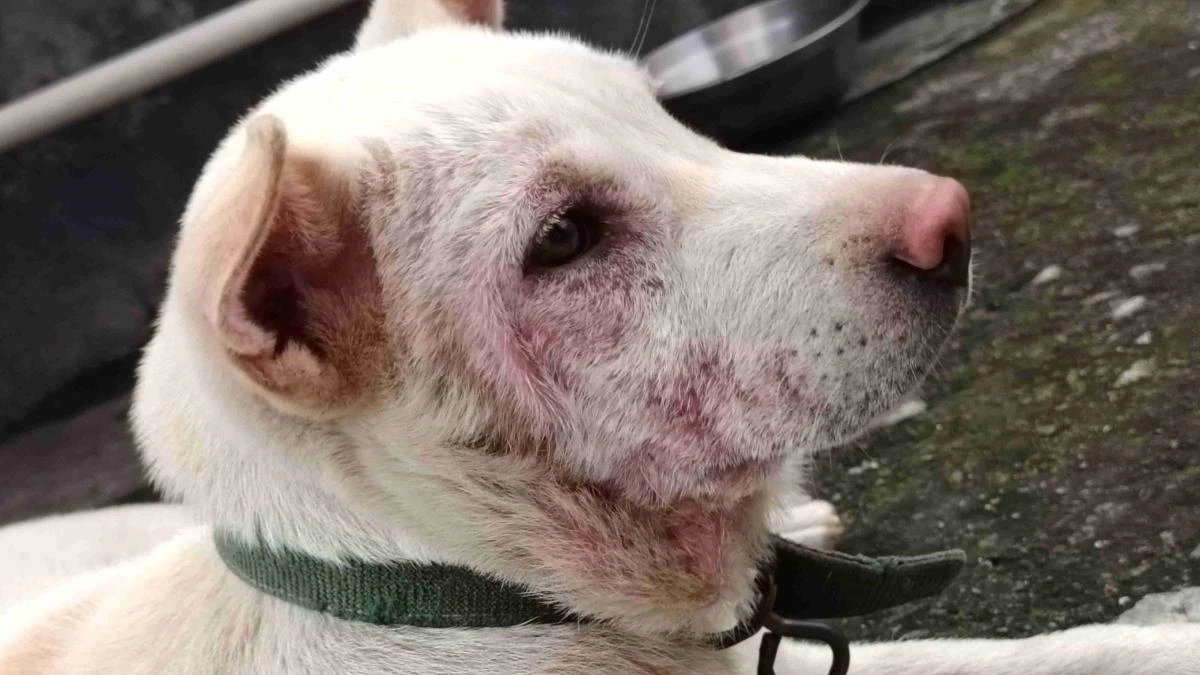
How to Get Rid of Dog Allergies Naturally: Common Mistakes
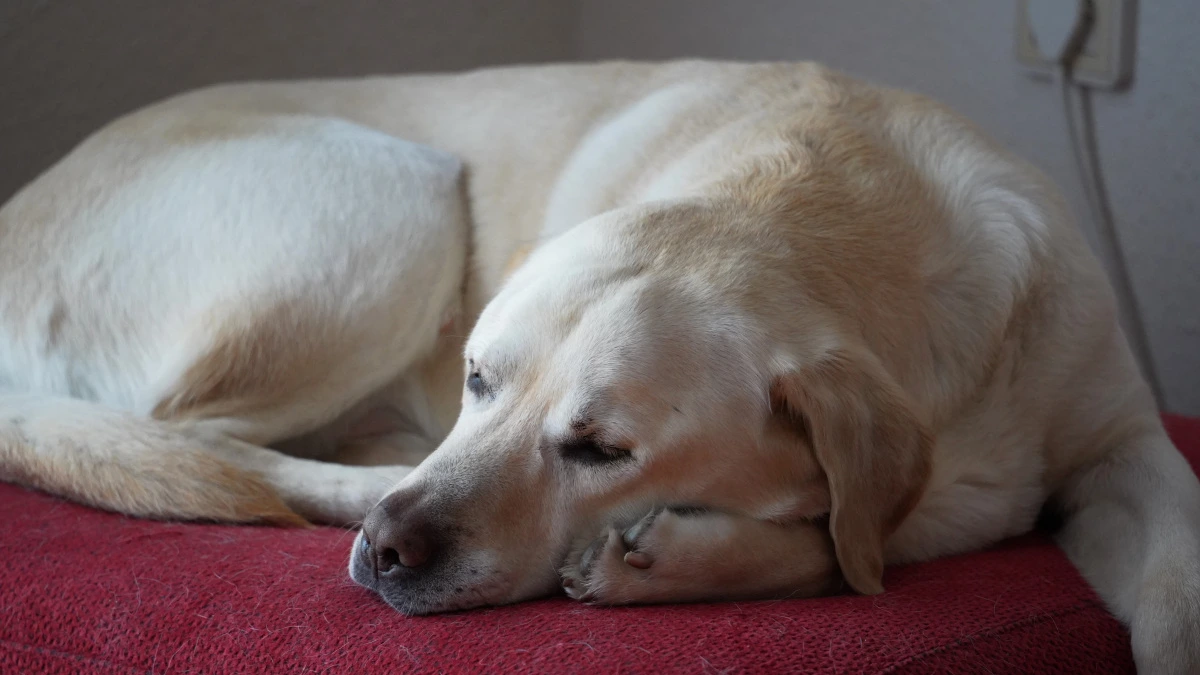
Dog Allergic Reaction Eye Swelling: Hidden Mistakes to Avoid
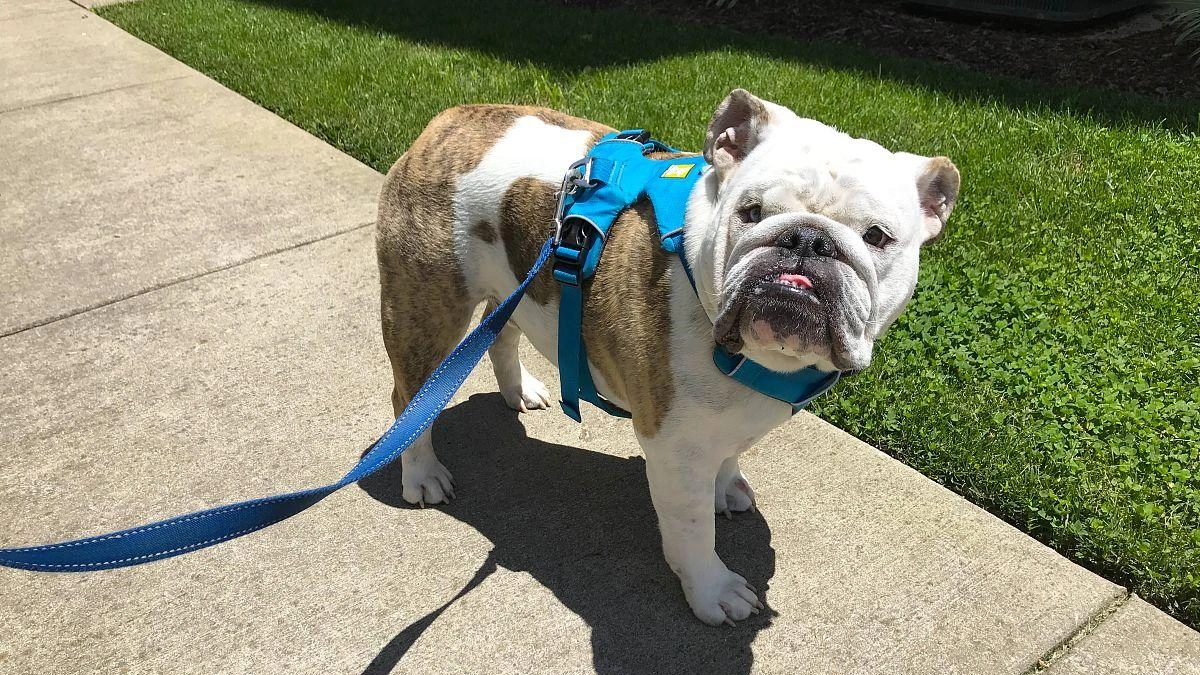
Why Do Bulldogs Scratch? Bulldog Skin Allergies Guide
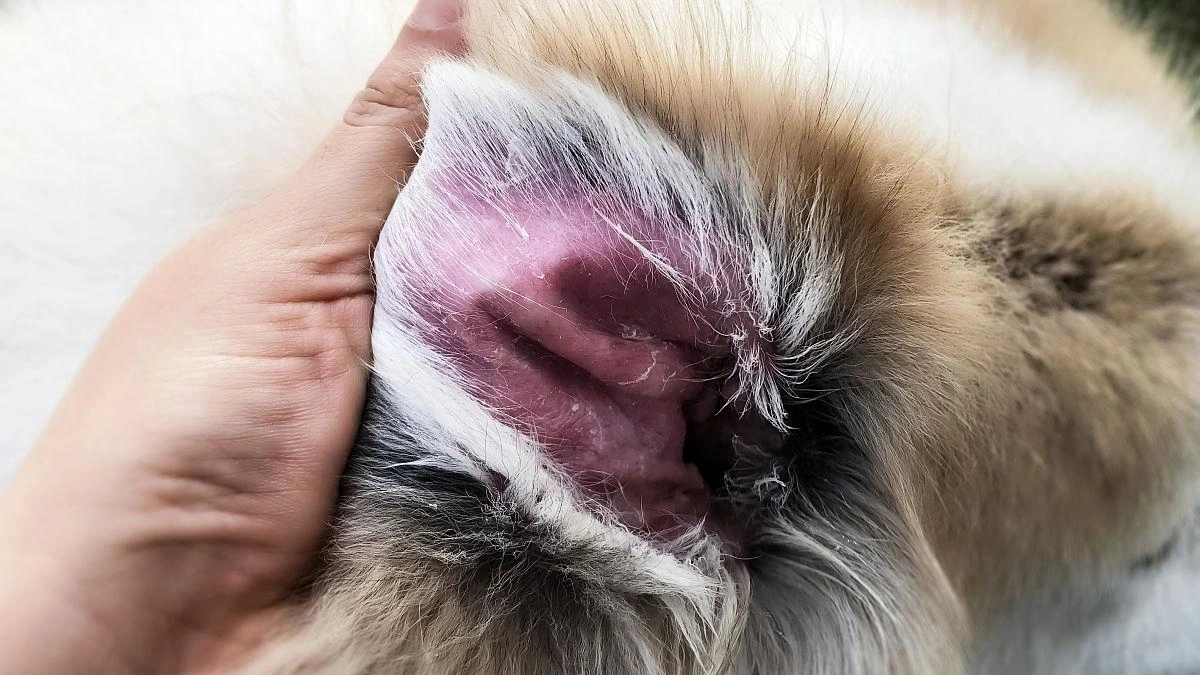
Cure for Dog Skin Allergies Owners Often Miss

How to Get Rid of Dog Allergies Naturally: Common Mistakes

Dog Allergic Reaction Eye Swelling: Hidden Mistakes to Avoid

Why Do Bulldogs Scratch? Bulldog Skin Allergies Guide

Cure for Dog Skin Allergies Owners Often Miss
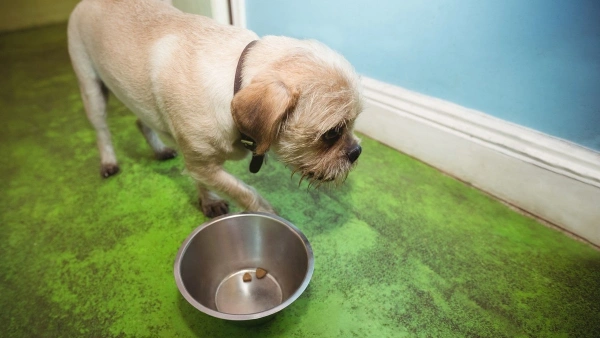
Vet-Recommended Wet Dog Food for Sensitive Stomachs — 2025 Guide
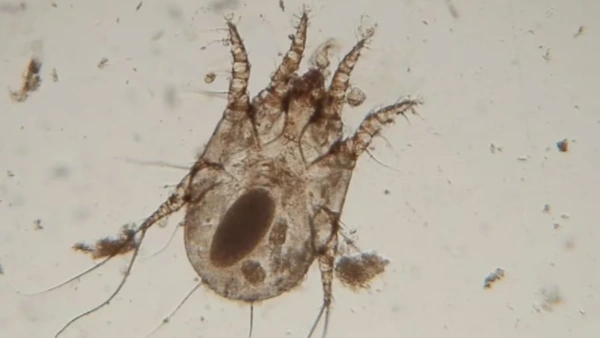
Dog Dust Mite Allergy: Symptoms, Treatment, Prevention
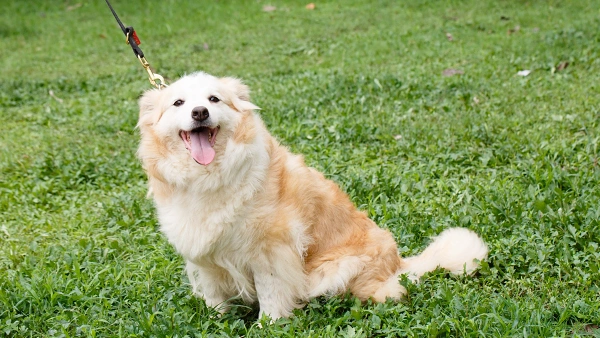
Can Allergies in Dogs Cause Diarrhea and Vomiting? Explained
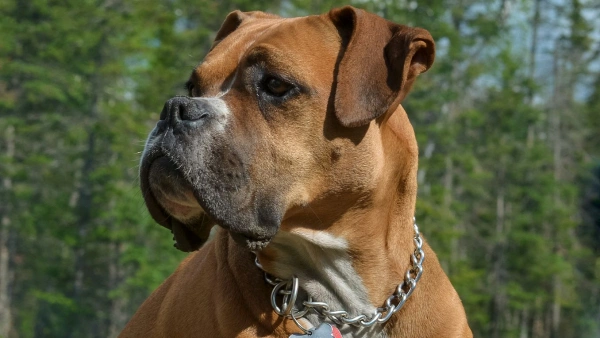
10 Pitbull Health Problems You Should Know in 2025 — Tips
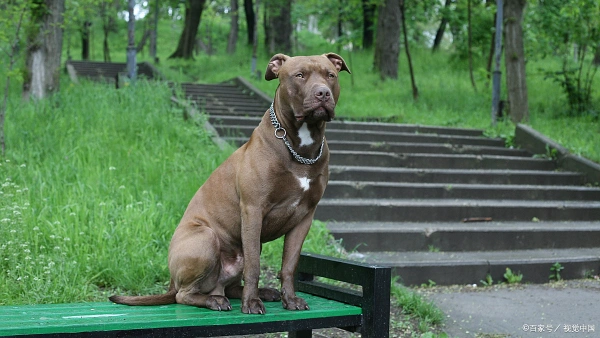

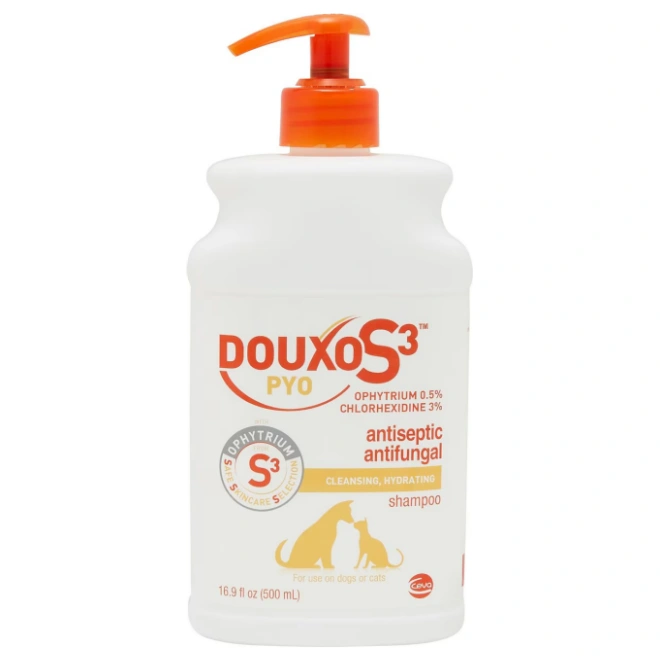
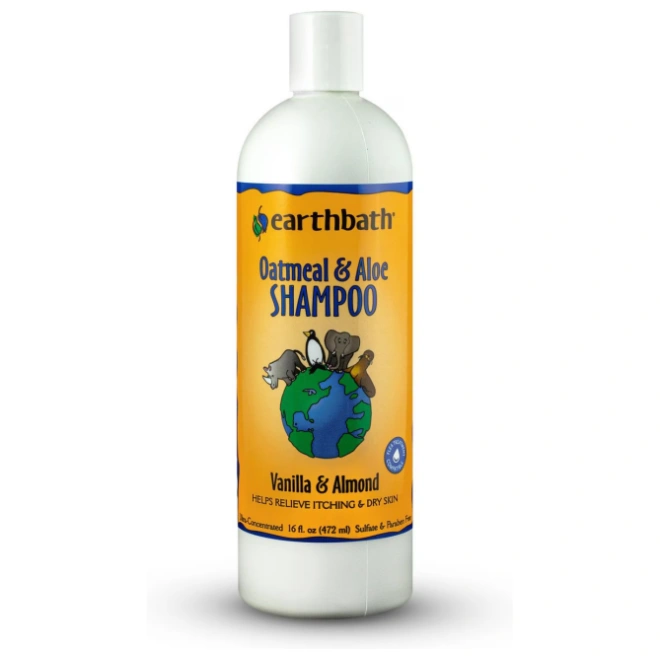
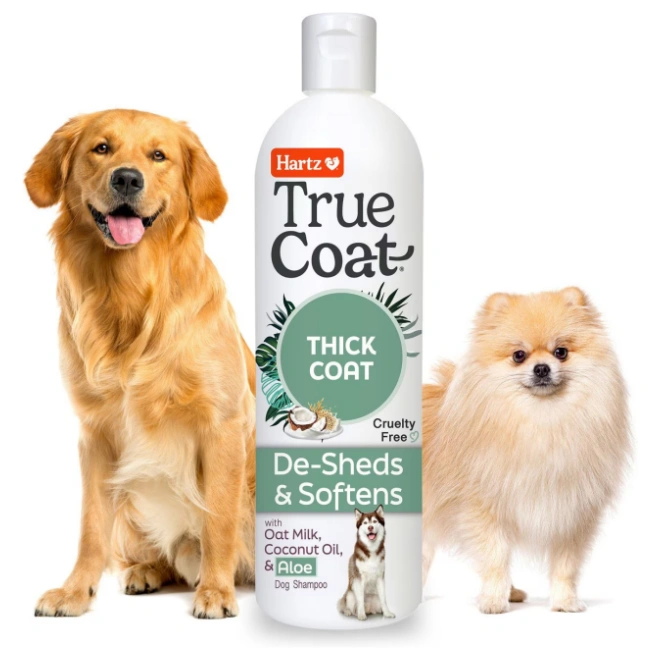
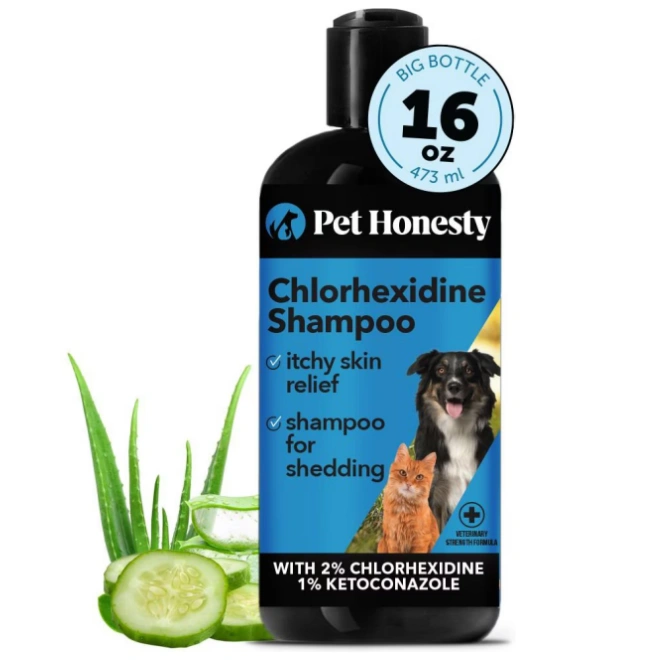








Leave a Reply